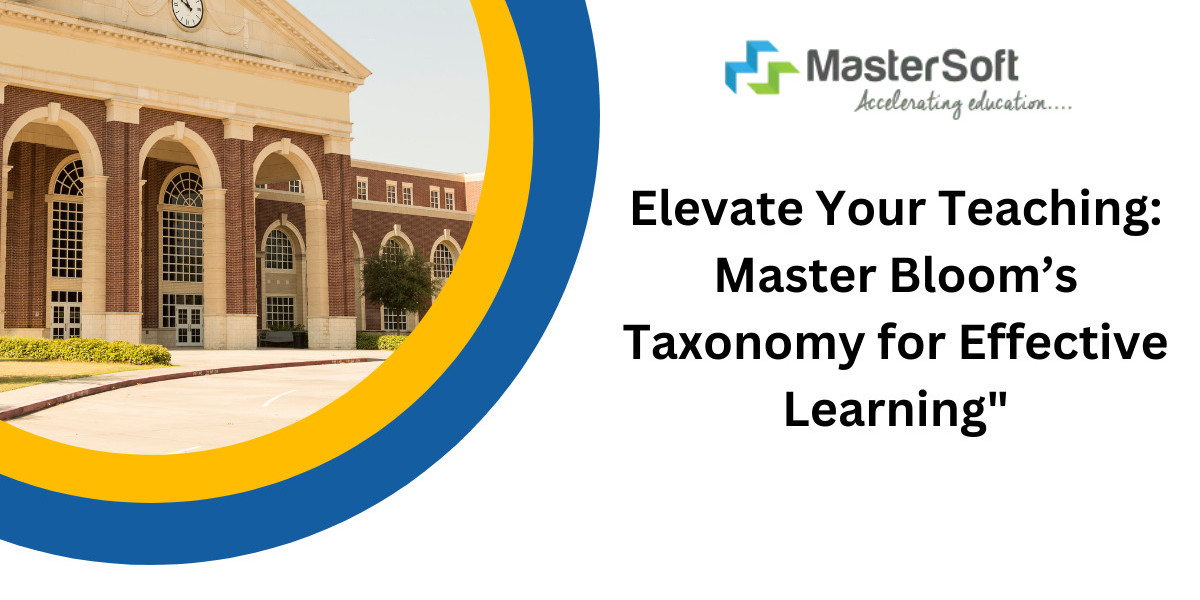For decades, educators have strived to create learning experiences that foster not just knowledge acquisition but also the development of essential skills and critical thinking abilities. In this quest, what is Bloom's Taxonomy stands as a powerful framework, guiding educators in crafting a curriculum that caters to the diverse needs of learners. Let's embark on a journey to understand Bloom's Taxonomy, its core levels, and how it empowers educators to unlock the full potential of their students.
Unveiling Bloom's Taxonomy: A Classification of Learning Objectives
Bloom's Taxonomy, developed by Benjamin Bloom and his colleagues in the 1950s, is a hierarchical classification of learning objectives. It outlines different cognitive levels – the mental skills students acquire throughout their educational journey. Traditionally presented as a pyramid, with the foundation representing basic knowledge and the pinnacle signifying complex cognitive skills, Bloom's Taxonomy provides educators with a framework to design learning activities that cater to various levels of thinking.
Core Levels: The Building Blocks of Learning
Bloom's Taxonomy categorizes learning objectives into six key levels:
- Remembering: At the base of the pyramid lies remembering – the ability to recall factual information. This level involves tasks like defining terms, reciting facts, or listing procedures.
- Understanding: Building upon remembering, understanding focuses on the ability to grasp the meaning of information. Students can explain concepts in their own words, identify main ideas, or summarize key points.
- Applying: This level emphasizes applying acquired knowledge to new situations. Students can use their understanding to solve problems, make predictions, or demonstrate a skill in a practical context.
- Analyzing: Moving beyond basic application, analyzing requires breaking down information into its component parts, identifying relationships, and recognizing cause-and-effect. Students can compare and contrast ideas, differentiate between facts and opinions, or classify information.
- Evaluating: This level involves making judgments based on criteria or standards. Students can assess the value of information, evaluate the strengths and weaknesses of arguments, or critique solutions to problems.
- Creating: At the pinnacle of Bloom's Taxonomy lies creating, the ability to generate new ideas, design solutions, or develop original work. Students can write creative stories, design experiments, or propose solutions to real-world problems.
Revised Taxonomy: Reflecting the Evolving Learning Landscape
In 2001, a group of cognitive psychologists revised Bloom's Taxonomy to reflect the changing educational landscape. The revised taxonomy uses verbs (e.g., analyze rather than analyzing) and emphasizes the active participation of learners in the process of knowledge construction. Additionally, the revised taxonomy incorporates the concept of a "knowledge dimension" – the type of knowledge students are expected to acquire (factual, conceptual, procedural, and metacognitive).








